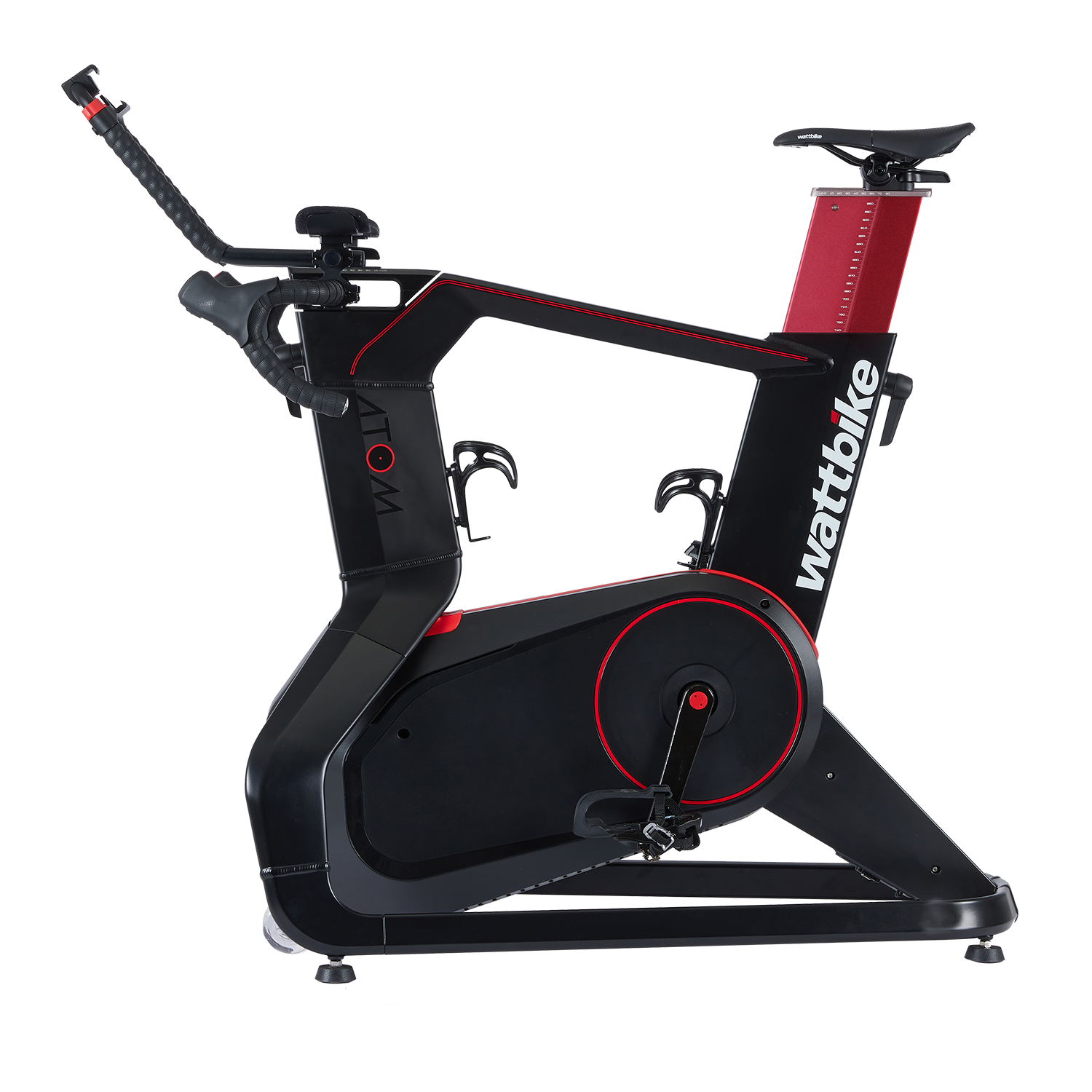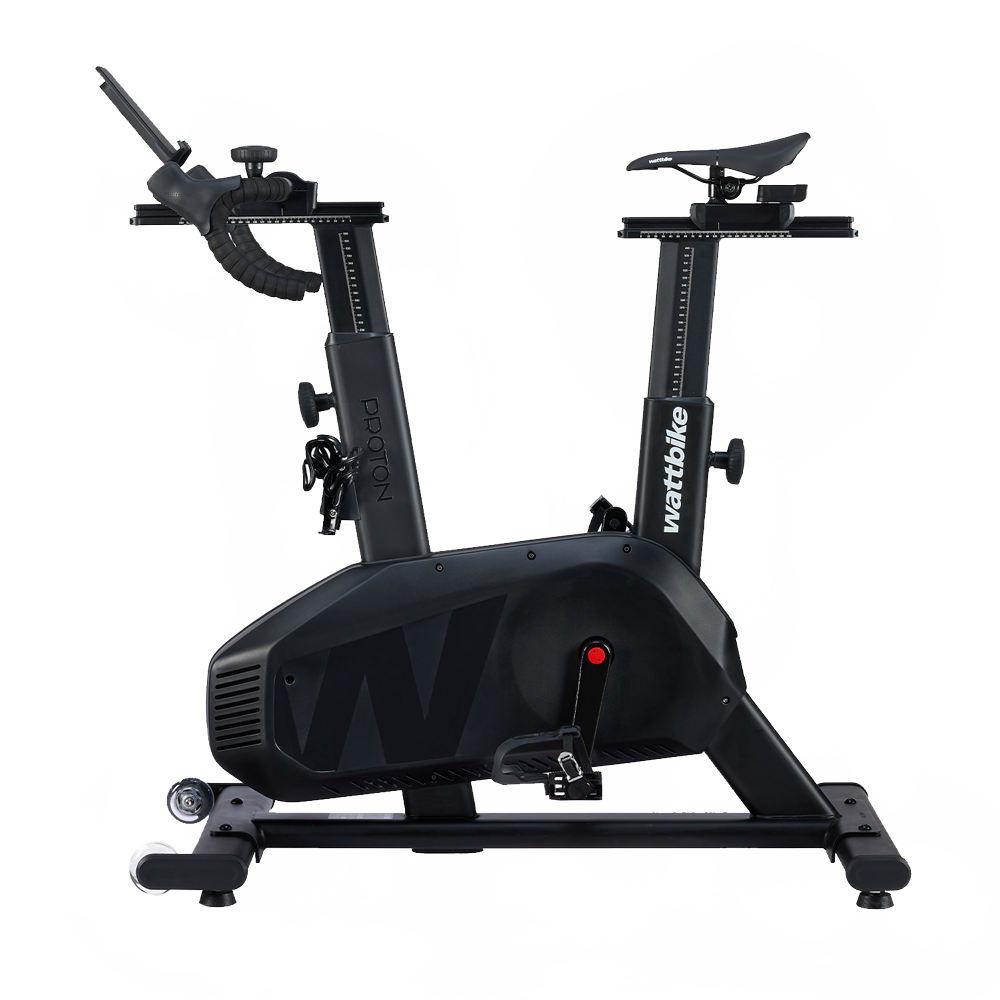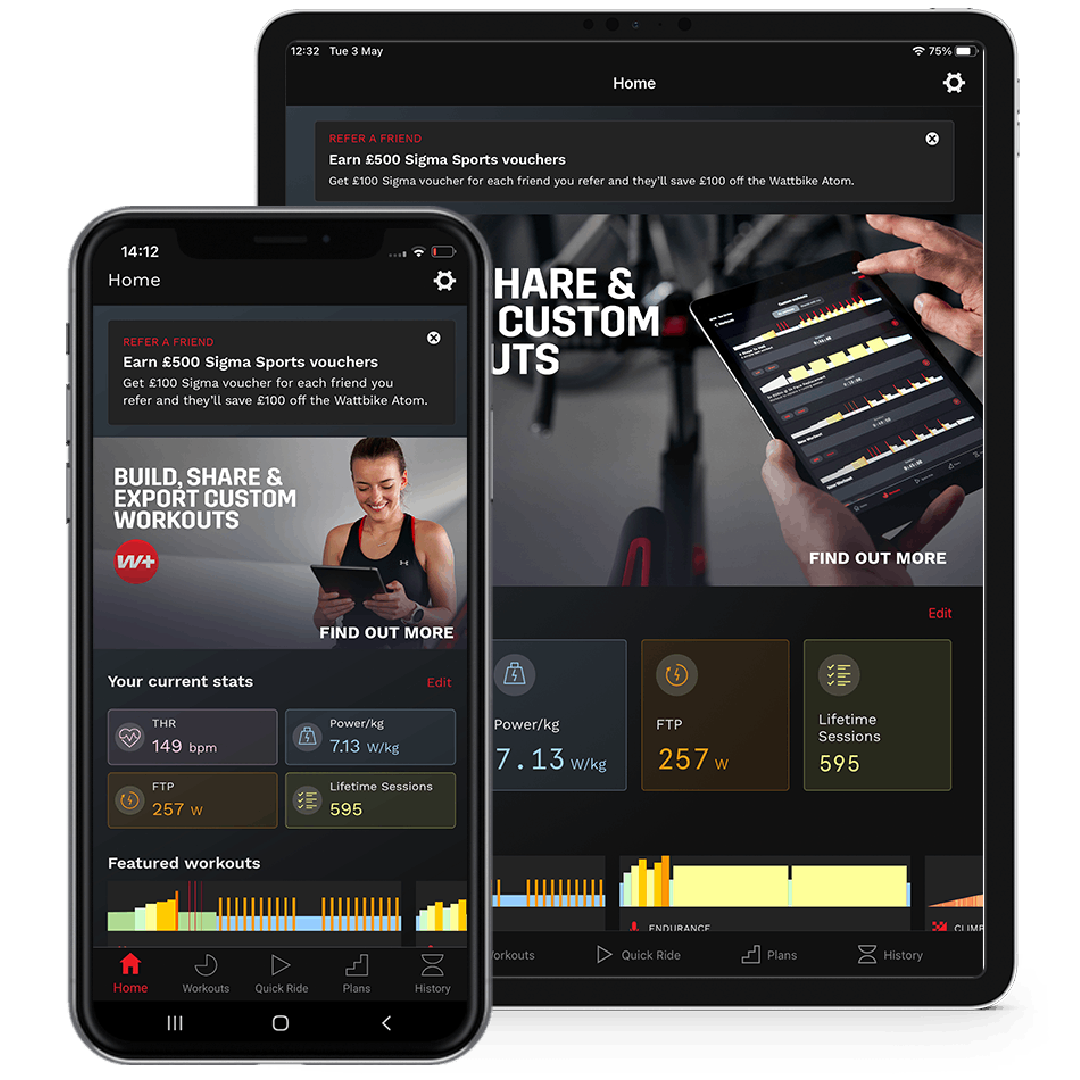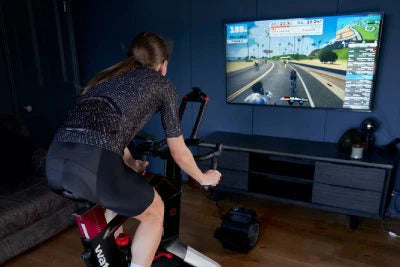Your Cart is Empty
SHOP
TRAINING & APPS
SUPPORT
news & information
The Ultimate Beginner’s Guide to Cycling Testing
June 17, 2015 2 min read
In years gone by, cycling testing has been reserved for sport science laboratories, where a qualified sports scientist is on hand to tell you every single detail about your ride. But, as an amateur cyclist, you may have little opportunity to visit a sports science facility, which means you could be missing out on essential information which could help you implement a more effective training plan.
We’ve put together a beginner's guide to cycling testing to guide you through the maze of different test protocols and get you improving your indoor smart bike performance in a safe way.

The benefits of cycling testing
As an amateur cyclist, testing could open up a new world of measuring and analysing performance. Read on to find out how testing can help you:
1. Train effectively
Undertaking a test at the start of your training plan will provide baseline performance figures, from these you can work out personalised training zones.
Personalised training zones ensure you are working at the exact intensity that’s right for your physiology. They ensure that each and every pedal stroke count towards achieving your goals. AllWattbike training planswork on individual training zones and are a great place to start your training.
2. Monitor changes in your fitness
As your training plan progresses, you will expect to see an improvement in your performance, good indicators of performance improvement include feeling stronger and having more endurance. However, it’s essential to back up these feelings with evidence, testing will provide reliable, accurate data which you can analyse to see what impact your chosen plan is having on your fitness.
3. Measure the effectiveness of your training plan
Each and every training plan is designed to help you achieve a specific goal, whether that be weight loss, riding a 100-mile sportive or completing a time trial. However, sometimes things don’t happen as you expect and partway through your training plan, you may not see the expected improvements in performance.
So, what should you do? First thing’s first, you should measure the effectiveness of your training plan by testing at regular intervals, for example, each month, or after each phase of training.
If your figures such as heart rate and power output do not improve after each phase of training, it may be time to re-evaluate your training plan. If the training plan allows, try adding in some of the optional, more intense, sessions to really push yourself and you should start to see some marginal gains.
Start testing
Also in Performance

Why Wattbike is the Secret Weapon for Stars - On and Off the Court
June 17, 2025 2 min read
As the NBA® Finals captivate fans around the world, there's one training tool in every NBA training facility that they rely on - the Wattbike.
Trusted across elite sports, Wattbike has become a staple in NBA training facilities, from pre-season conditioning, power benchmarking and testing, to in-season recovery.

Beat the Heat: Understanding Sweat Rate and Optimising Hydration for Summer Training
June 10, 2025 3 min read
As summer temperatures rise, so does the challenge of training and trying to maintain optimal performance. With the heat, sweat loss can lead to dehydration, reduced endurance, and impaired recovery.
Understanding your sweat rate and implementing effective hydration strategies can be a simple way to help you gain the edge in your training.

Wattbike X UA Next
October 18, 2024 2 min read
The Under Armour Next Academy at Battersea Power Station offers a comprehensive testing facility designed to push athletes to their limits through a series of six athletic tests, each targeting different aspects of fitness.
This facility focuses on empowering and testing the next generation of athletes through a series of assessments, including those on the Wattbike, which is used to measure key cycling metrics, such as power output, endurance, and fitness levels.
Sign up to get the latest
Be the first to hear about Wattbike news, offers and more.








